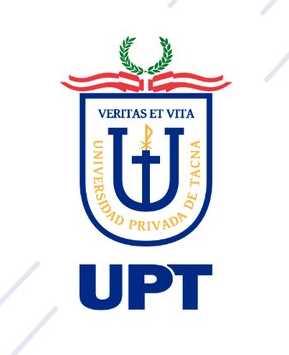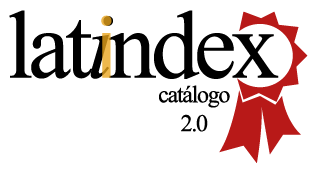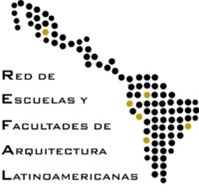Towards a mixed urban management model adjusted to the current reality of AAPITAC - Tacna Region - Peru
Keywords:
Mixed Management, Citizen Participation, Private SectorAbstract
Objective: The objective of this work is establish the Estate of de Art to propose a Mixed Model Urban Management Adjusted to current reality and appropriate for the future development of AAPITAC sector, and constituted like annormative instrument whose formal mechanisms contribute not only to an organizational coordination and decision -making, if not an effective public-private management.
Method: The level of research is applicative because solve problems so seeks to know to do, act, build and modify processes in the mixed management. Techniques and Tools for gathering information are given by two surveys , the first applied to people of different housing associations that make part to AAPITAC sector, in order to know the assessment of livability and urban functionality , the second applied to workers and officials permanent of the Pocollay District Municipality in order to measure the knowledge about urban management.
Results: In the planning phase of the investigation; the accuracy, relevance and coherence of the independent and dependent variables are high, being that 71.43 % of state agencies take over the activities of all phases almost exclusively, 50% of private enterprise and 33% of non-governmental organizations involved in the planning, investment, and not in the control steps, the transcendental is that public participation is involved in all phases except production.
Beyond the financial contributions, public-private participation has shown to be effective in multiple realities, it has contributed to a climate of understanding and trust that facilitates the government for management absorbent agents also make city.
Conclusions: Based on a diagnosis of the state of the art will be the proposal of instruments, strategies, mechanisms and actions as part of the Design Mixed Model Urban Management that can deliver public services such as search of the collective interest, about a policy integration, social cohesion and long- term vision









